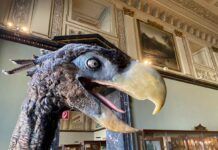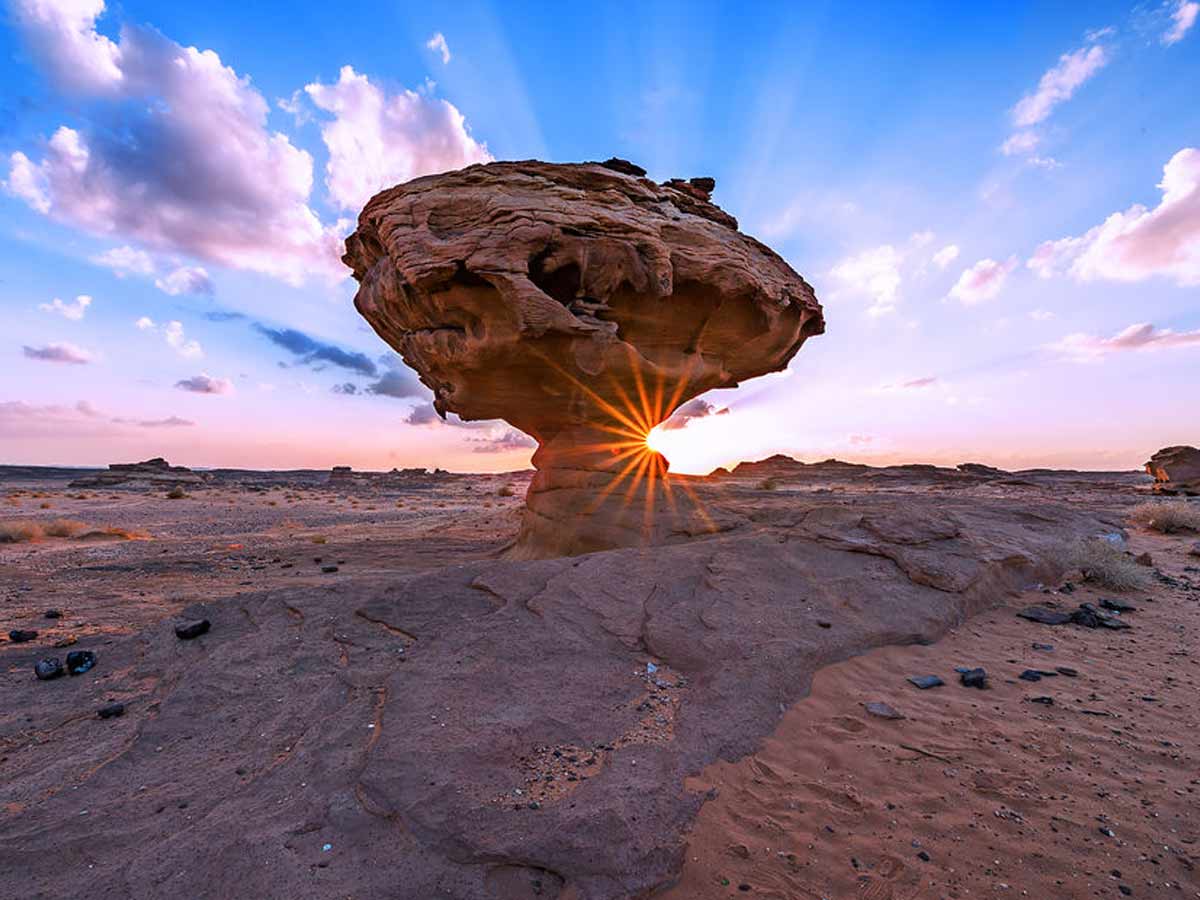Unlike various ball games, golf does not have a standardized playing field. Navigating the varying terrains found on different courses is an important part of the game. The game is usually played on a course with an 18-hole arranged progression. Still, recreational courses are also smaller, with nine holes. Each hole on the course must have a teeing ground to begin with and a putting green with a hole or cup measuring 4.14 inches (11 cm) in diameter.
A golf course has nine or eighteen holes, each with a teeing ground marked by two markers indicating the legal tee location, fairway, rough, and other hazards. A putting green surrounded by the fringe with the pin and cup.
The grass levels are varied to increase difficulty. Although several holes are built to provide a straight line of sight from the teeing area to the green, others can bend to the left or right. This is referred to as a “dogleg” because it resembles the knee of a dog.
If the hole bends left, it is considered a “dogleg left,” and if it bends right, it is called a “dogleg right.” The direction of a hole can bend twice, which is known as a “double dogleg.” A standard golf course has 18 holes, but nine-hole courses are common and can be played twice for a total of 18 holes.
Golf, as we know it today, began in Scotland in the 15th century. In 1764, the Old Course at St Andrew’s presented the 18-hole round.
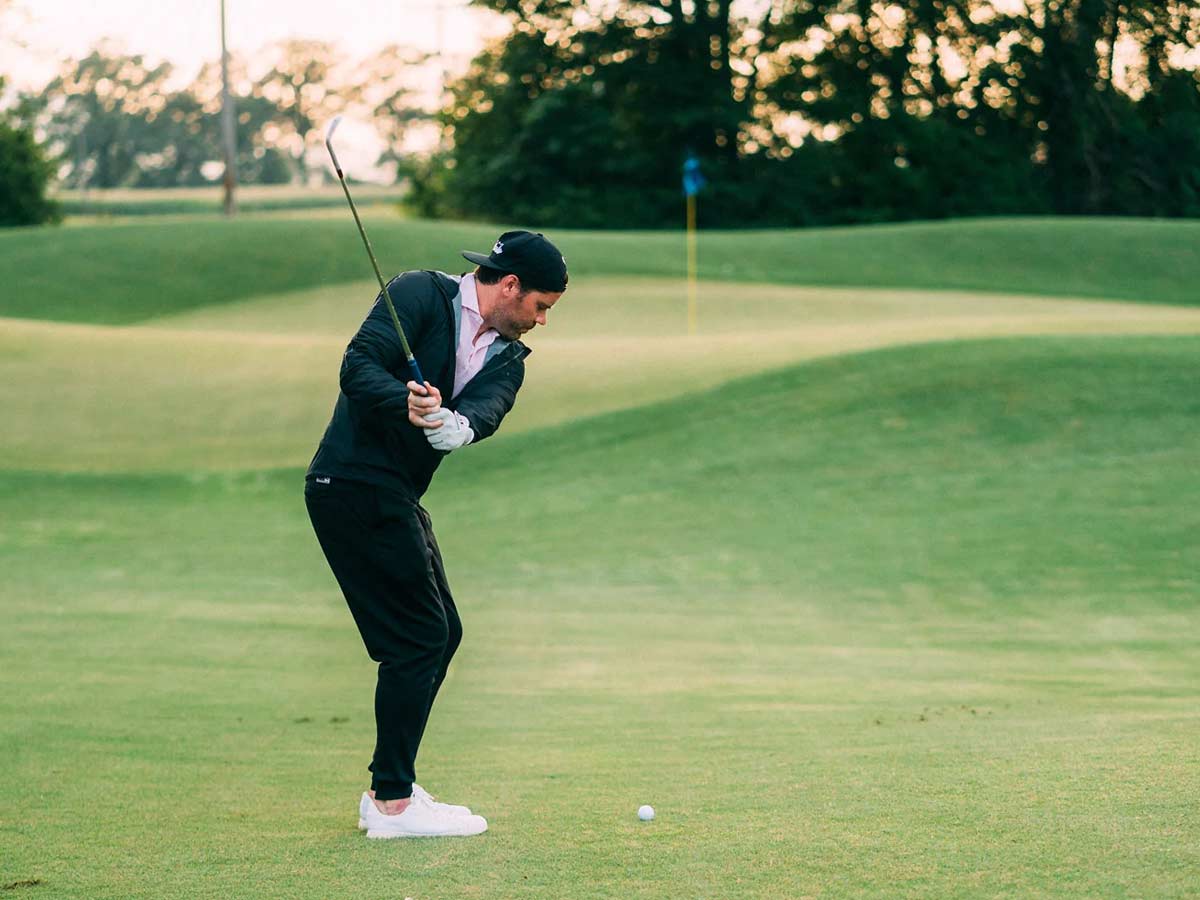
The Open Championship, also recognized as the British Open, is golf’s first major and the world’s oldest tournament. It was first held in 1860 at Prestwick Golf Club in Ayrshire, Scotland. The Masters, the U.S. Open, and the PGA Championship are the other three major championships of men’s professional golf, both of which are contested in the United States: The Masters, the U.S. Open, and the PGA Championship.
Although the modern golf game was invented in Scotland in the 15th century, the game’s ancient origins are unknown and hotly debated.
Some historians link the sport to the Roman game of paganica, in which players hit a stuffed leather ball with a bent stick.
According to one theory, paganica spread through Europe throughout the first century BC when the Romans invaded much of the continent, gradually evolving into the modern game.
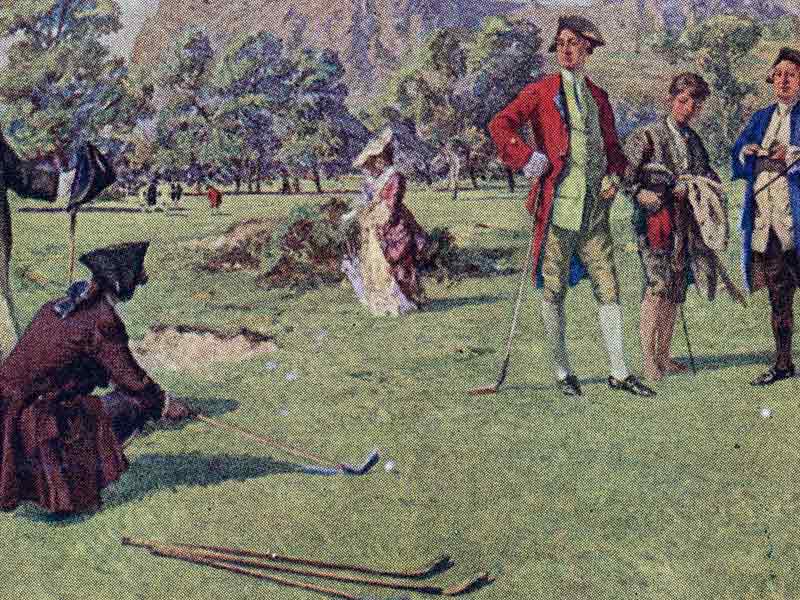
In 1892, a sheep farm in Downers Grove, Illinois, built the first 18-hole golf course in the United States.
Others point to chuiwan, a Chinese game common between the eighth and fourteenth centuries, as the originator. “The Autumn Banquet,” a Ming Dynasty scroll by the artist Youqiu from 1368, portrays a Chinese Imperial court member swinging what seems to be a golf club at a small ball to drop it into a pit. During the Middle Ages, the game is believed to have been introduced to Europe.
Cambuca in England and Chambot in France were two early games that mirrored modern golf. Another probable ancient origin is the Persian game Chowkan, which is more polo-like. Also, starting in 1297, Kolven (a game involving a ball and curved bats) was played annually in Loenen, Netherlands, to commemorate Floris V’s assassin’s capture a year before.
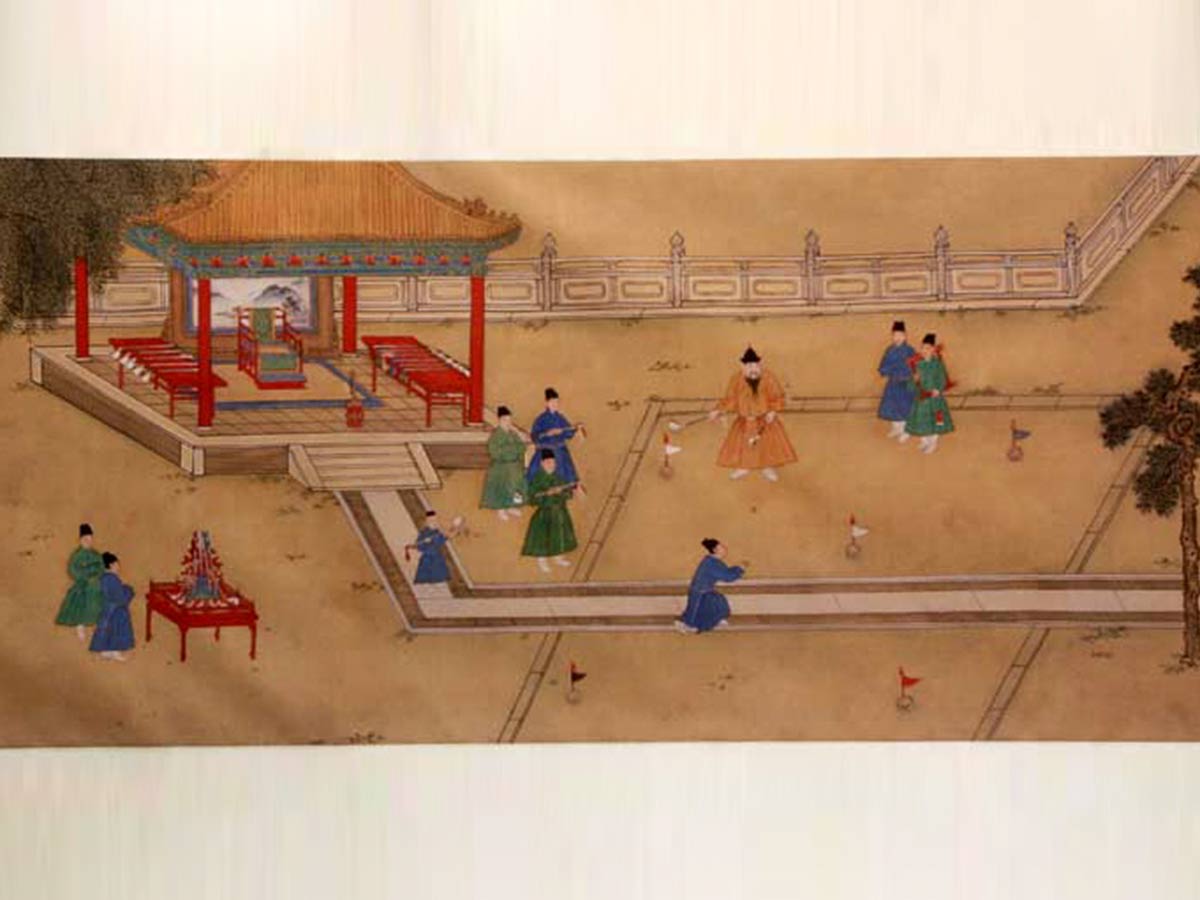
The modern golf game originated in Scotland, with James II’s 1457 ban on the game as an unnecessary diversion from practicing archery, becoming the first written record.
When St Andrews representatives changed the course from 22 to 18 holes in 1764, the modern 18-hole golf course was born. Golf was first registered on Musselburgh Links in East Lothian, Scotland, on March 2, 1672, and is now recognized as the world’s oldest golf course by Guinness World Records. In March 1744, the Company of Gentlemen Golfers, later called The Honourable Company of Edinburgh Golfers, compiled the oldest extant golf rules played at Leith, Scotland.
The Open Championship, the world’s oldest golf tournament, and golf’s first major were first played on October 17, 1860, at Prestwick Golf Club in Ayrshire, Scotland, with Scottish golfers winning the first majors. In 1888, two Scotsmen from Dunfermline, John Reid, and Robert Lockhart, set up a hole in an orchard to demonstrate golf in the United States. In the same year, Reid founded America’s first golf club, Saint Andrew’s Golf Club, in Yonkers, New York.

Linksland, soil-covered dunes immediately inland from beaches, was the primary location for early Scottish golf courses. This gave growth to the term “golf links,” which was used to describe both seaside and inland courses constructed on naturally sandy soil.
Today the world has several pioneers in the game, namely, Tiger Woods, Rory Mcllroy, Dustin Johnson, etc. The journey of golf has been dramatic, and we must all agree to it.


















